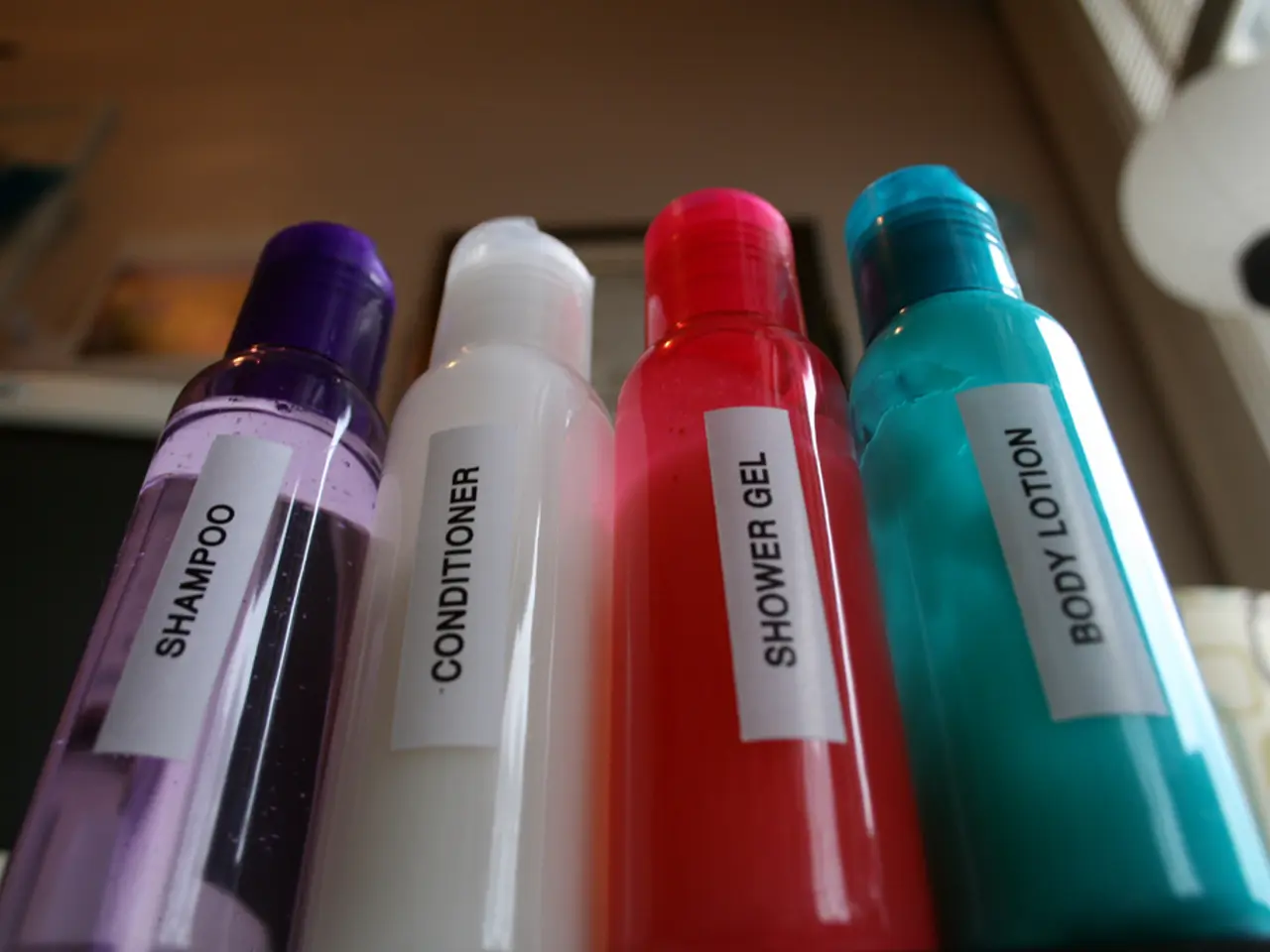Color Therapy Light Exposure Boosts Creative Potential?
In the pursuit of fostering creativity, various practices have emerged as potential catalysts. From mindfulness to physical activity, exposure to nature, and color therapy, each method offers unique benefits for the creative mind.
Firstly, mindfulness practices have been shown to reduce mental noise, creating space for new ideas to flourish. By focusing the mind and quietening the chatter, one can tap into a wellspring of fresh thoughts and perspectives.
Physical activity, on the other hand, enhances not only our physical well-being but also our cognitive abilities. Engaging in regular exercise can boost divergent thinking and problem-solving skills, making us more adaptable and innovative.
Exposure to nature reliably boosts creativity and focus, providing a refreshing environment that stimulates the mind. The sights, sounds, and scents of the outdoors can serve as a powerful source of inspiration, helping us to think more clearly and creatively.
Colour therapy, while not a substitute for skill-building, practice, or lifestyle habits that support creativity, can create an environment more conducive to brainstorming or artistic work. Working in blue or green-lit spaces, for example, may encourage flexible thinking. However, it's important to note that the effects of colour-therapy light exposure may depend on expectation and placebo responses, and the scientific evidence for its benefits is often modest and inconsistent.
Overly intense lighting can cause eye strain or distraction, so it's essential to find a balance. Nevertheless, colour-therapy light exposure can provide a ritual structure that primes the brain for a creative mindset, and it may also reduce stress and improve emotional balance.
Combining colour exposure with creative rituals like journaling, music, or meditation can amplify colour-primed states, further enhancing their effects. Scientific studies in Germany are currently investigating the direct effects of chromotherapy on human creativity, exploring how colour therapy might enhance cognitive functions and creative abilities.
Lastly, mind-wandering allows the brain to drift, supporting novel connections and fostering creativity. By allowing our minds to wander, we open ourselves up to the possibility of making unexpected connections and generating innovative ideas.
In conclusion, a combination of mindfulness, physical activity, nature, and colour therapy can help stimulate creativity and foster a more innovative mindset. However, it's essential to approach these practices with an open mind and a willingness to experiment, as what works best will vary from person to person.
Read also:
- Dual-function mattress offers both cooling and coziness at an affordable price.
- Ontario falls short by a small margin in delivering the goal of four hours daily care for long-term care residents.
- "Thrilled response" from animal rights organization following cessation of canine testing at London, Ontario healthcare facility
- Altruistic zeal and a drive to instigate beneficial transformation







